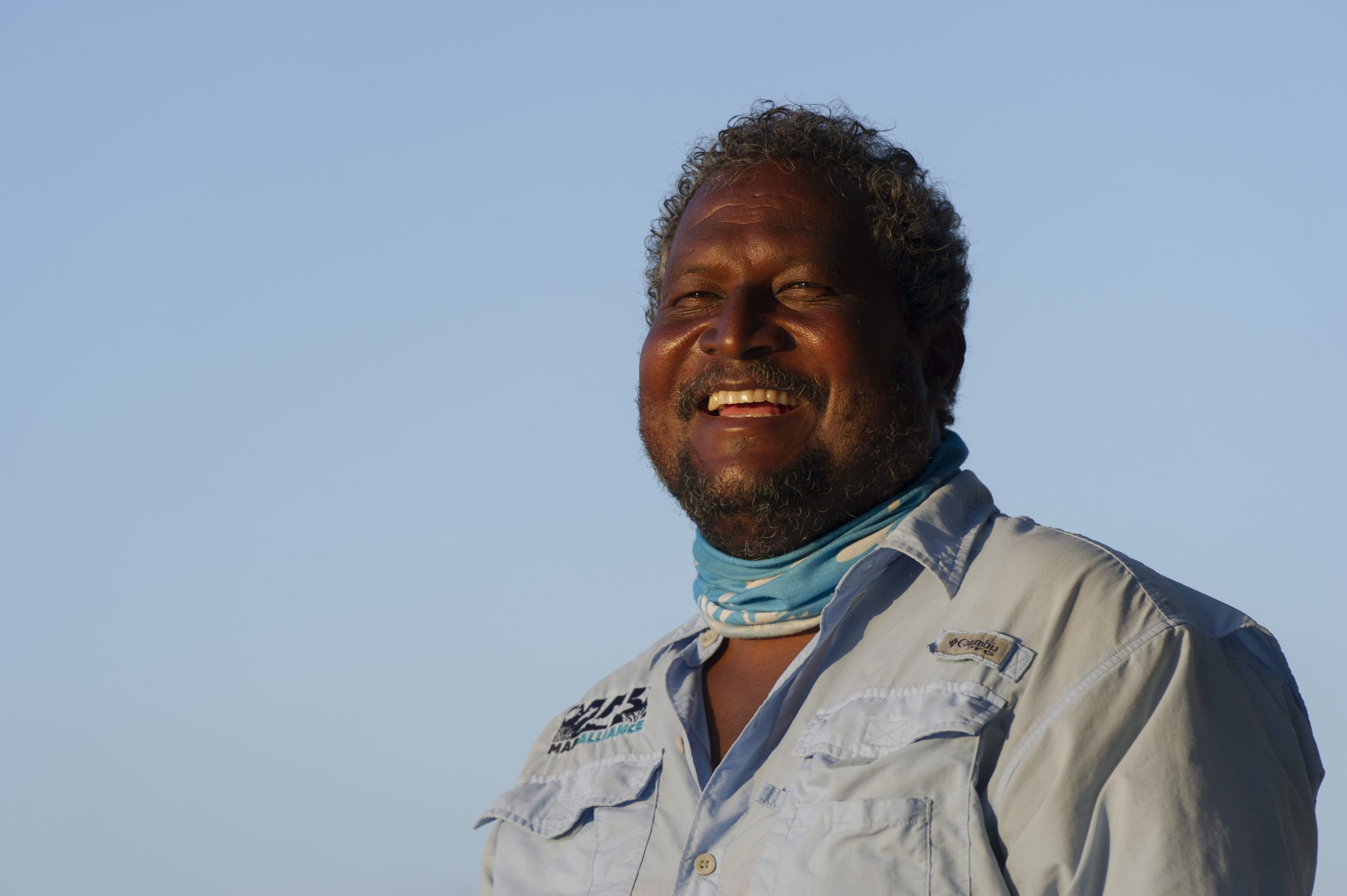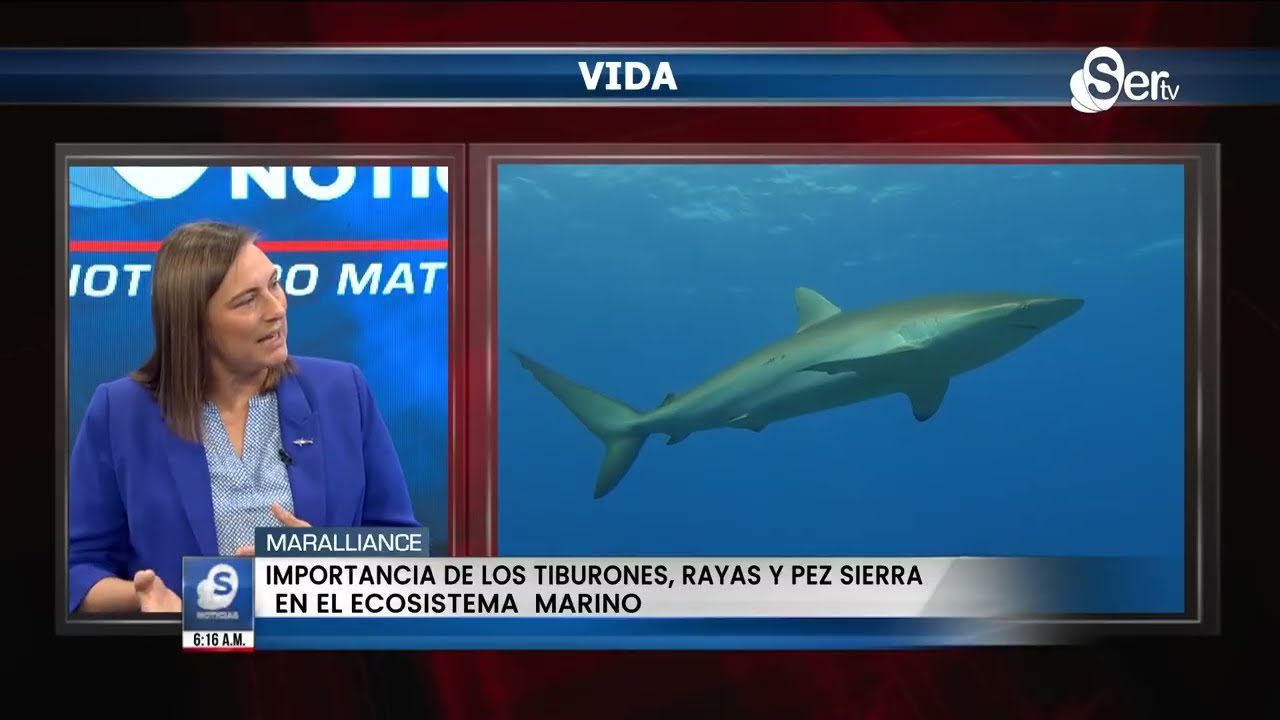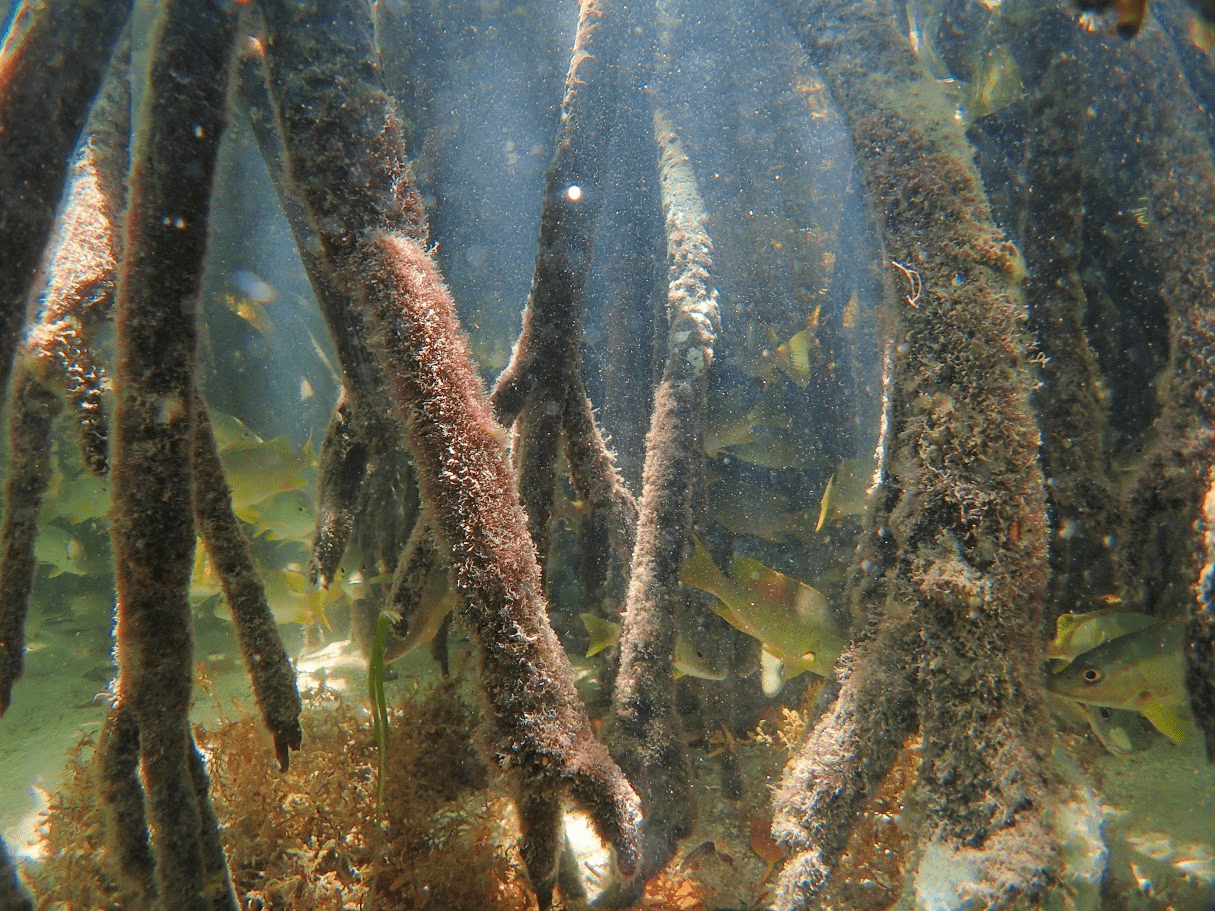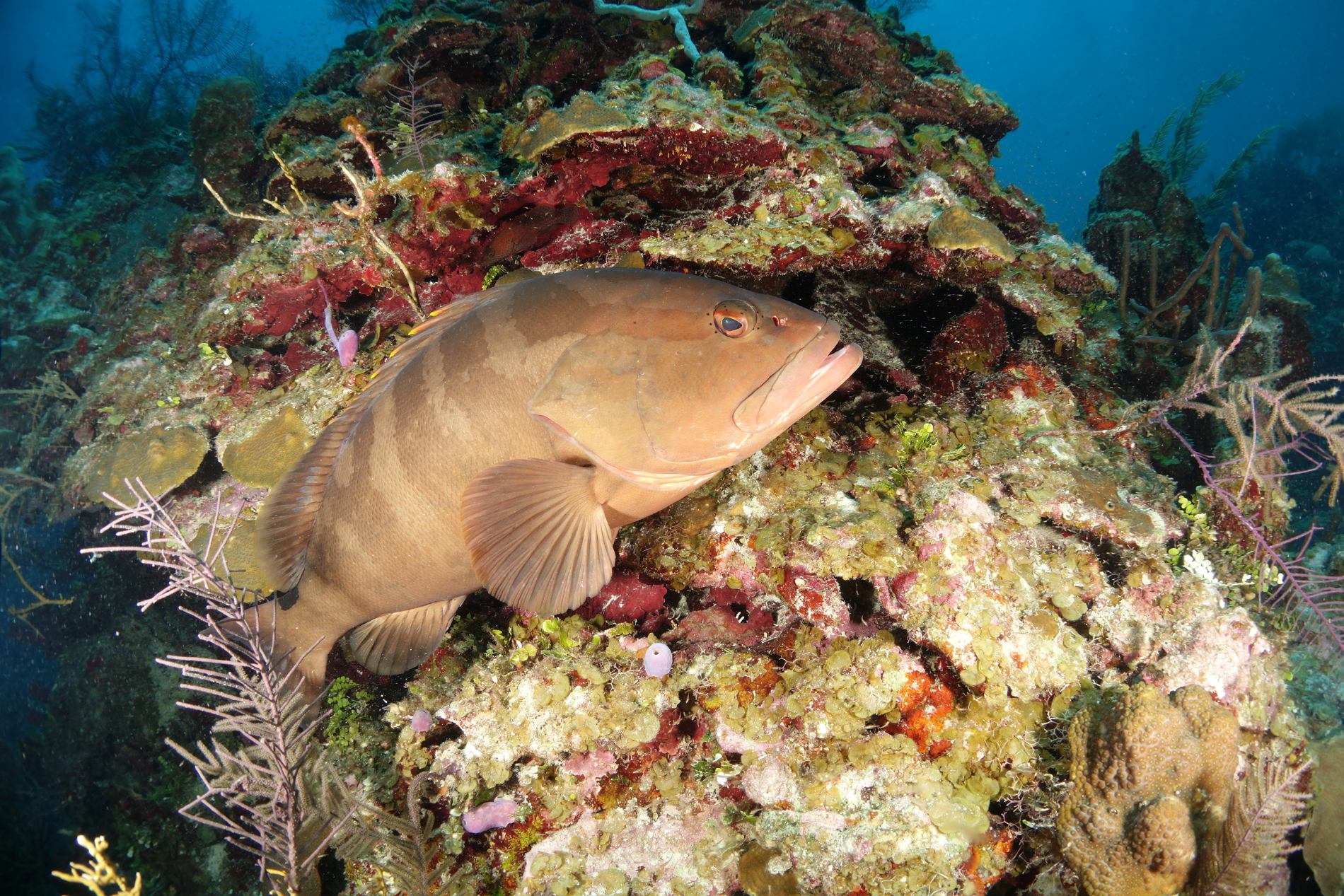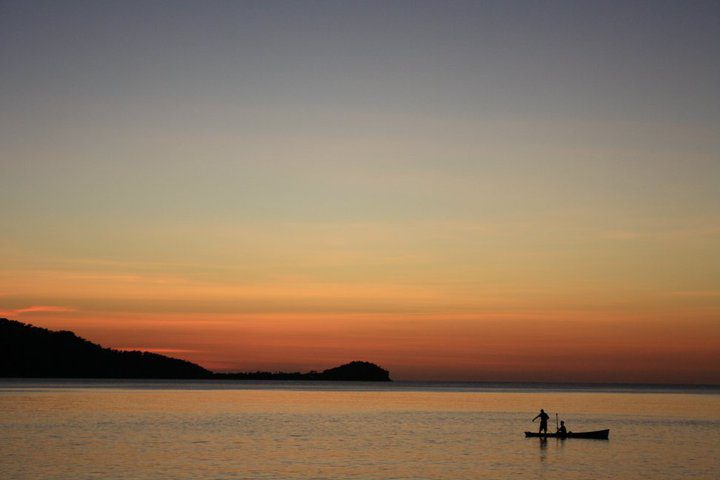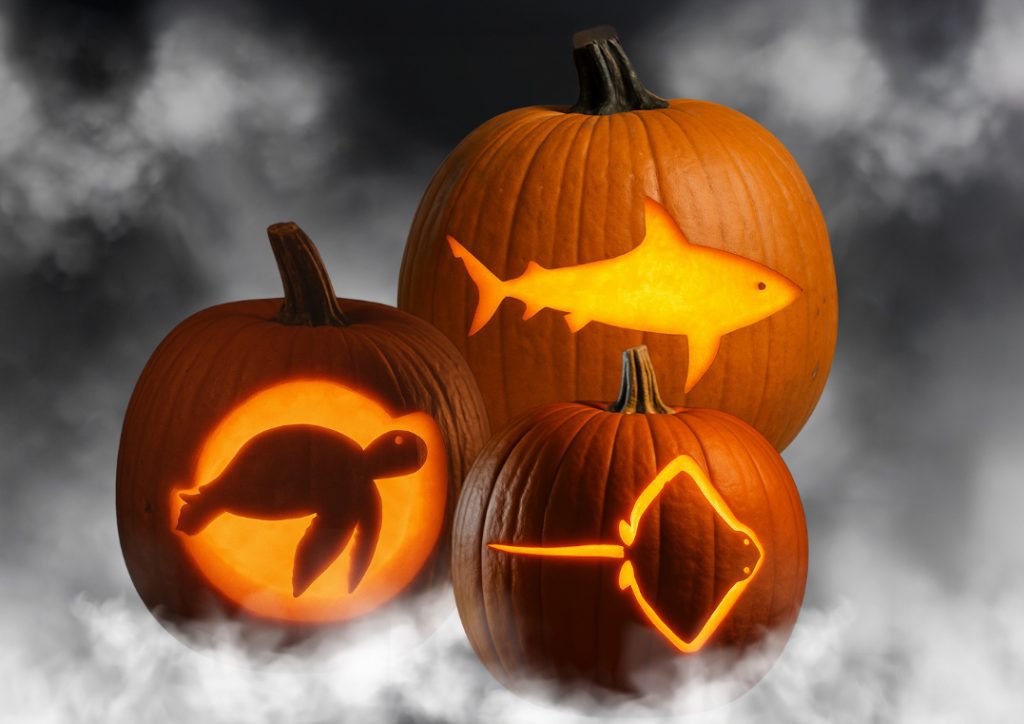The International Union for Conservation of Nature (IUCN) has officially reclassified the green sea turtle (Chelonia mydas) from Endangered to Least Concern on the IUCN Red List of Threatened Species, announced at the 2025 IUCN World Conservation Congress in Abu Dhabi. This is a landmark moment in marine conservation and a powerful reminder of what sustained, science-based protection can achieve.
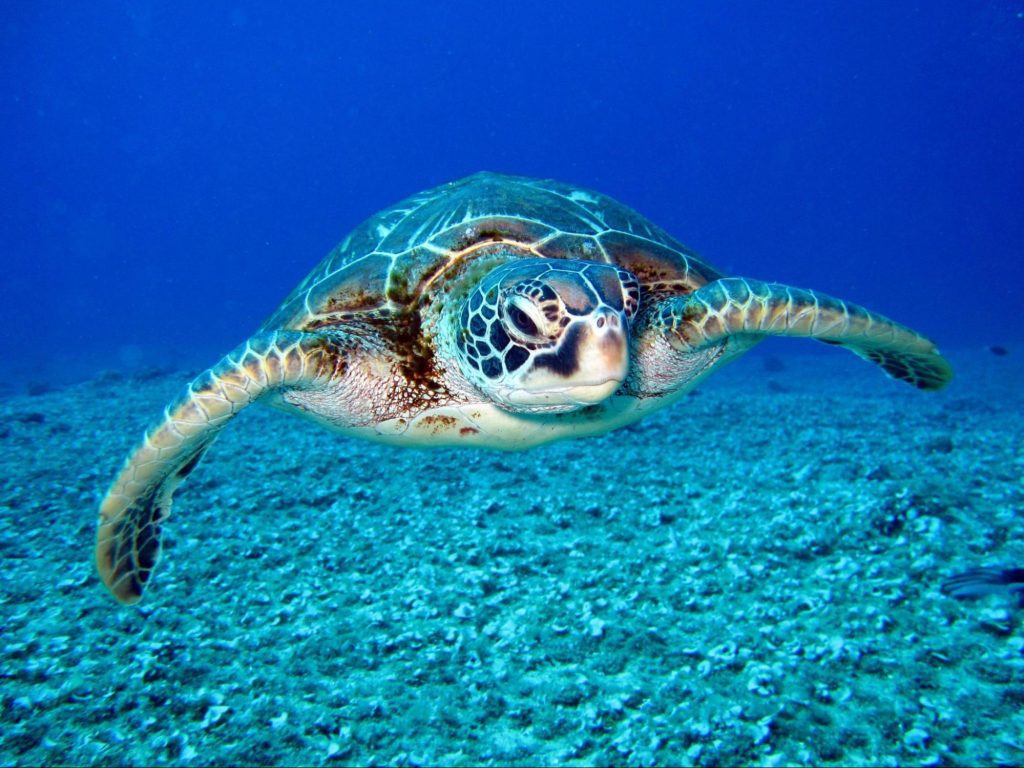
Population Recovery: A Conservation Success Story
According to the IUCN, the decision to downlist the green turtle (Chelonia mydas) is based on data showing a global population increase of over 28% since the 1970s. This includes notable recoveries in nesting populations across Mexico, Hawaii, Brazil, and other key coastal regions.
The species has experienced one of the most dramatic recoveries on the Red List, moving directly from «Endangered» to «Least Concern», skipping intermediate levels such as «Vulnerable» or «Near Threatened». Protection of nesting beaches, reduction in egg harvesting, monitoring, and long-term community engagement have all contributed to the species’ steady rise.
From Decline to Hope: The Journey of the Green Sea Turtle
Green sea turtles are among the largest and most iconic marine turtles, found in tropical and subtropical oceans worldwide. Adults are primarily herbivores, feeding on seagrass and algae, which helps maintain healthy marine ecosystems. Their diet and ecological role make them a keystone species in maintaining healthy seagrass beds and coral reef ecosystems.
Historically, green turtles were hunted for their meat and shells, while their nesting sites were raided for eggs. Combined with habitat loss and collateral capture by fishing gear, populations plummeted by the late 20th century, prompting their listing as endangered for decades.
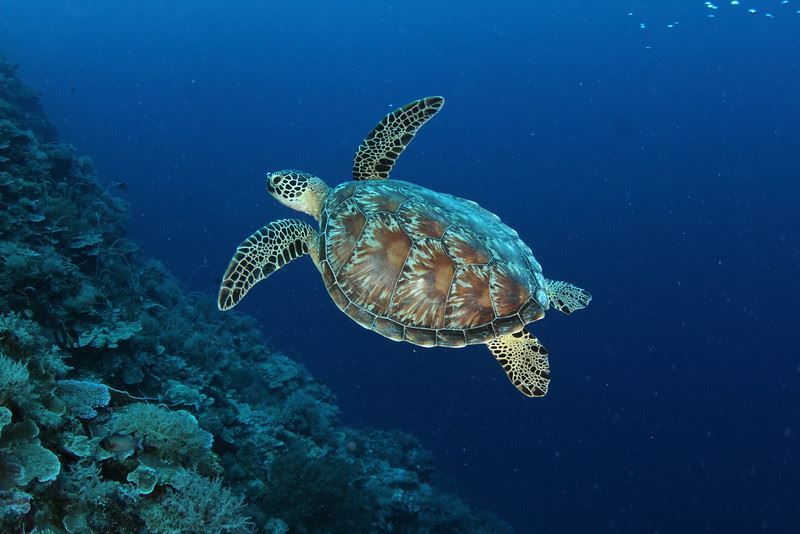
What This Means for Marine Conservation
The remarkable comeback of the green sea turtle is more than a feel-good story; it’s a testament to what’s possible when global conservation efforts align. But with this success comes a renewed sense of responsibility. Here’s what this recovery teaches us:
- Conservation Works: Decades of legal protections, habitat restoration, and strong community involvement have paid off. This is proof that long-term, coordinated action delivers real results.
- A Win for Marine Ecosystems: Healthy sea turtle populations play a vital role in maintaining seagrass beds and coral reefs, which are key habitats for countless marine species.
- A Source of Hope: The green sea turtle’s recovery offers a powerful model for saving other threatened marine species, from hawksbill turtles to reef sharks.
While the green sea turtle’s reclassification is a major win, the species is not out of danger. Regional threats continue to put pressure on populations around the world:
- Coastal Development: Loss of nesting and foraging habitats due to expanding infrastructure.
- Plastic Pollution: Marine debris, especially plastics, poses serious ingestion and entanglement risks.
- Illegal Trade & Poaching: Despite protections, turtles and their eggs are still targeted in some areas.
- Climate Change: Rising temperatures and sea levels threaten nesting beaches and affect hatchling survival.
Continued vigilance and local conservation efforts are essential to protect this hard-won recovery.
Voices from the Field: Conservationists Urge Caution
While the global population shows signs of recovery, scientists stress that the work is far from over. Kirah Forman-Castillo, our National Coordinator for MarAlliance in Belize, commented on the importance of this milestone:
“The recent change in conservation status of the green turtle from Endangered to Least Concern on the IUCN Red List is truly a win for the species. It’s a testament to decades of conservation work, strong protection measures, and the commitment of countless individuals and organizations worldwide. This is exactly what every national and global conservation effort strives for: to see populations recover, to have more of these incredible animals in the sea, and to rewild our oceans”.
She also stressed the need for vigilance:
“But as we celebrate this milestone, we must also remember that not all sea turtle populations are thriving. In the countries where MarAlliance works, threats like coastal development, indiscriminate fishing gear, illegal hunting of turtles and collection of their eggs, and the impacts of climate change continue to place all sea turtles at risk, including green turtles. These pressures can easily reverse the hard-won gains we’ve made”.
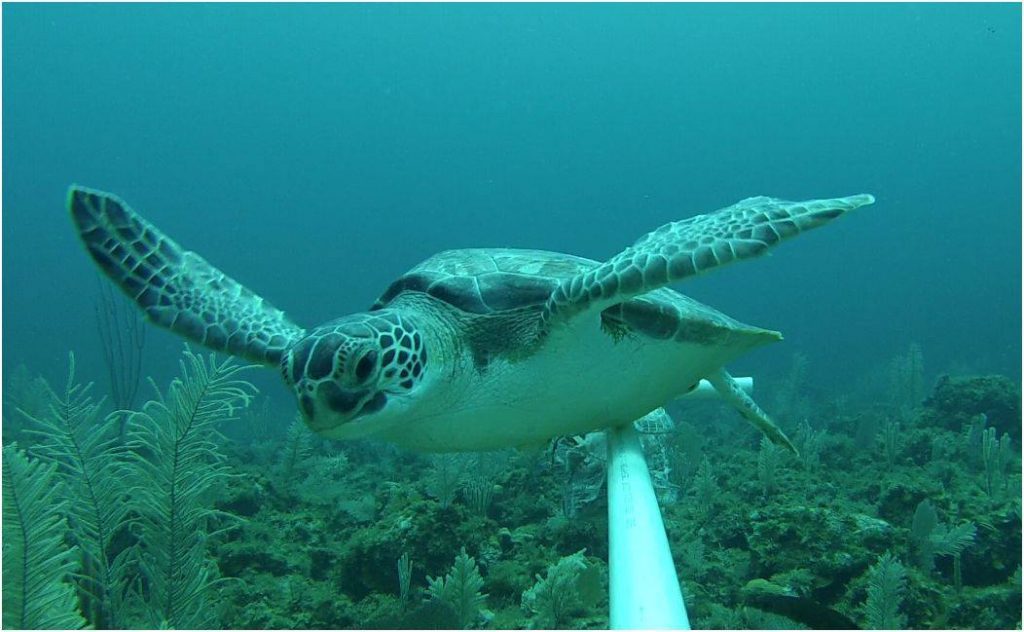
The Journey Continues: A Call for Continued Action
Marine conservation groups and scientists worldwide are calling for continued efforts to maintain and expand protection for sea turtles and their habitats.
“Because sea turtles mature slowly, even small increases in mortality can quickly cause populations to decline again,” Forman-Castillo warned. “That’s why it’s so important to continue the strong management, protection, and community engagement measures that have led to this remarkable recovery”.
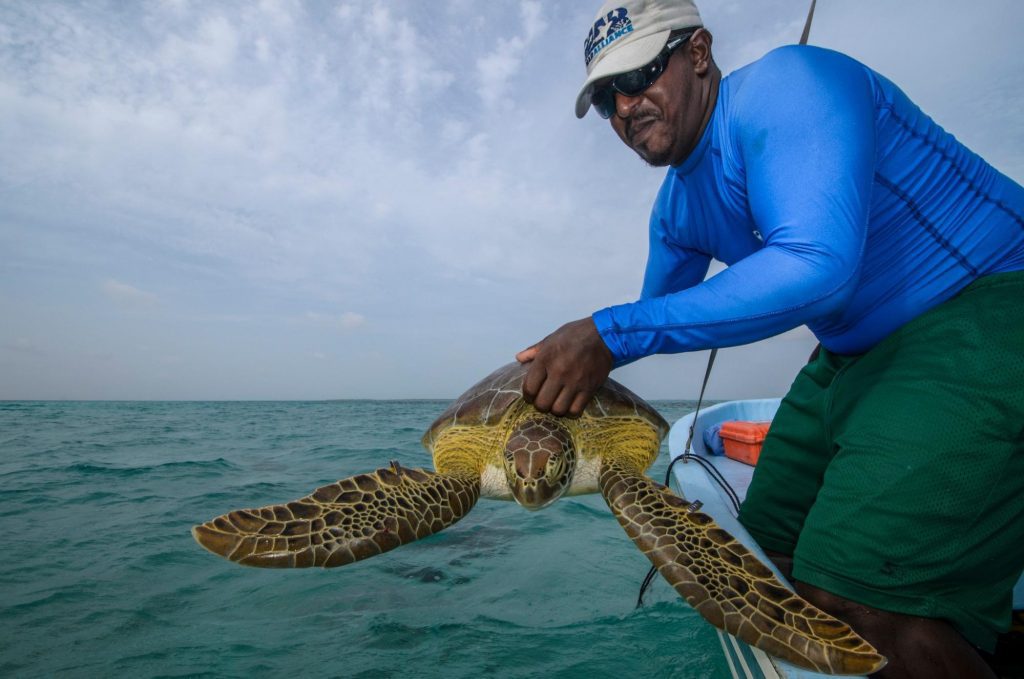
The green sea turtle’s reclassification is more than just a conservation success. It’s a powerful reminder of what’s possible when science, policy, and community action come together. In a time of escalating biodiversity loss, this milestone offers both hope and urgency. As global leaders head into the 30th UN Climate Change Conference (COP30), the turtle’s recovery stands as living proof that with sustained effort, ecosystems can heal. But this is not the end of the story. Continued vigilance, inclusive collaboration, and adaptive conservation strategies will be essential to ensure that this progress endures and that other species may follow the same path to recovery.
